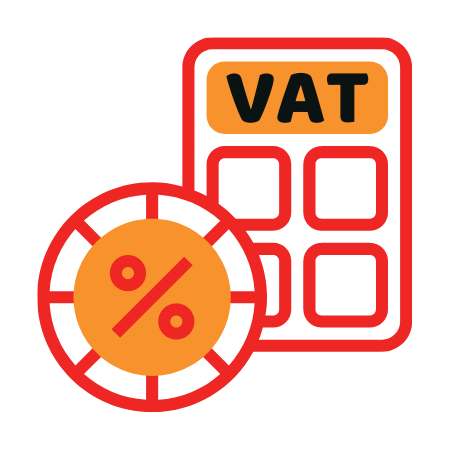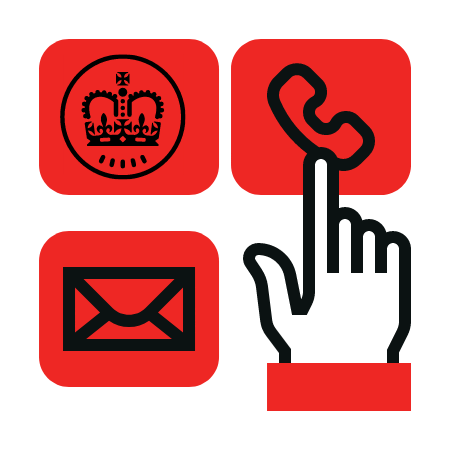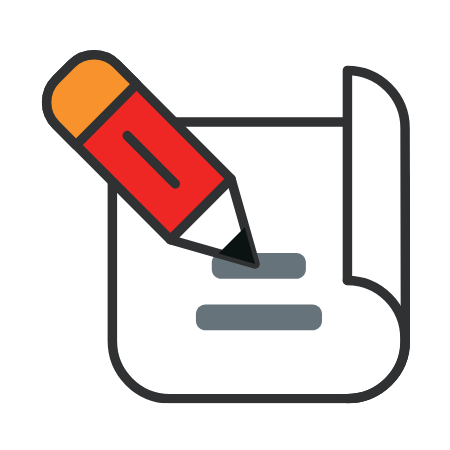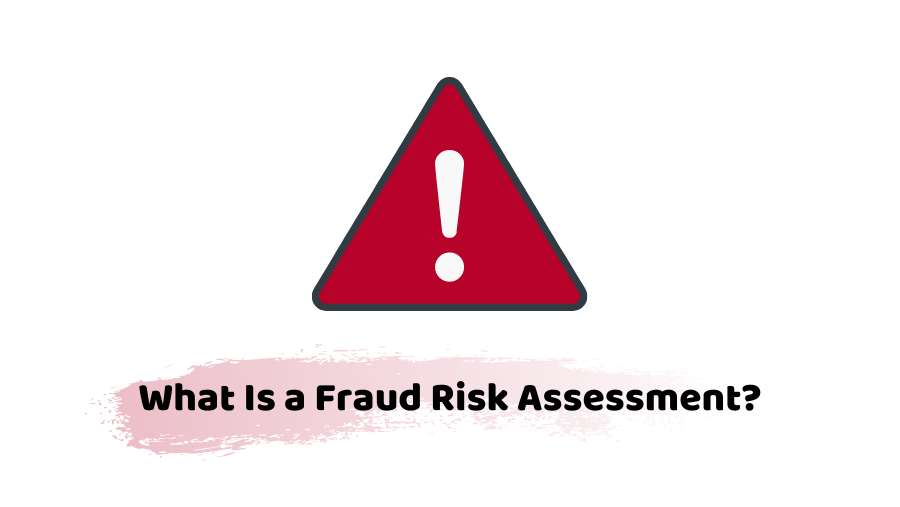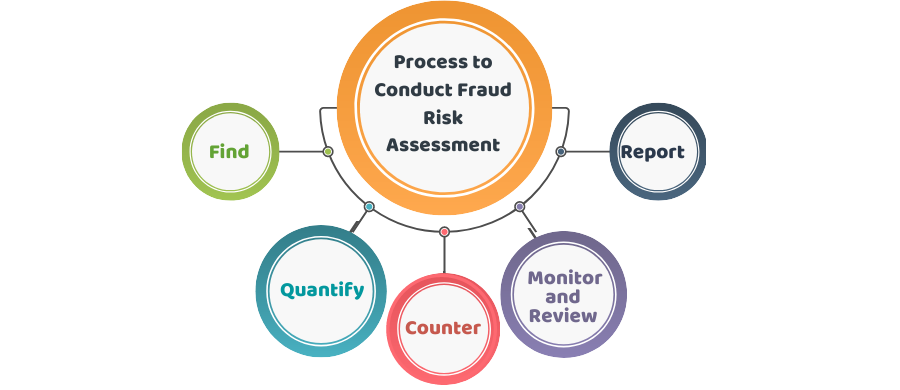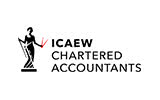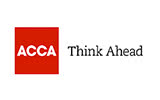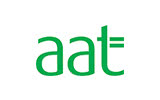As a business owner, you need to work on your business reputation for its long-term sustainability to maintain market confidence and public trust. But frauds and misconducts can adversely affect those efforts leading your business towards legal, monetary or reputational damage. For this reason, successful businesses are using effective strategies to mitigate those risks. That’s where the need for Fraud Risk Assessment arises attracting the mainstream businesses to use a proactive and comprehensive approach to combat frauds.
Nowadays, many businesses are using this strategy as a prerequisite to protect themselves from the vulnerability of fraud. Though we can’t avoid the risks completely yet, we can follow this strategy to mitigate them.
According to the reports, frauds are on the rise in the UK affecting almost 3.8m businesses in 2019, therefore you need to implement preventive measures to counter them. Let’s get into the details.
You can avoid business frauds by managing an accurate and up-to-date record of your finances. Reach out to us for help!
What is a Fraud Risk Assessment?
Management uses Fraud Risk Assessment to spot and analyze risks and control the weaknesses of the business that is going to be a fraud risk for the organization.
Many organizations have been the victim of fraudulent activities. The frauds can be internal as well as external:
Internal Frauds
Frauds within the company are known as internal frauds like stealing assets by the employees, overcharging customers, stating the expenses above the spending, etc.
External Frauds
These include the frauds by the customers. For instance, not paying for the goods or services or presenting the wrong financial information. The supplier can also commit fraud by making duplicate or false invoices. Agents can also be involved in fraudulent activities by stealing the money of the company and so on.
Looking for expert financial advice to avoid frauds, why not talk to our business accountants!
How to Conduct Fraud Risk Assessment?
To safeguard your business from potential frauds, you need to strengthen your business arrangements by the following steps:
1) Find Risks
The first step is to find the risk from your current business activities. You need to determine that which people or department are likely to commit fraud. You can get information from the historical data, current trends, and patterns.
2) Quantify Risks
After knowing the risks, you should measure them. You can do it by making an estimate of the impact and probability of the risks. Here you can use a risk assessment matrix for quantifying the risks and assessing their impact.
3) Counter Risks
After knowing and quantifying the risks, now you need to go for the strategy to counter them. Formulate a strategy to counter and mitigate the risks. You can use the following strategy to counter and mitigate the risk:
- Avoid the risk by stopping the activities that are full of risks.
- Transfer the risk to a third party by handing over the financial aspect of your business. Like Insurance
- Mitigate the risk by reducing its chances of occurrence.
- Tolerate the risk sometimes, if there is no other choice left.
4) Monitor and Review Risks:
You need to understand that risk assessment needs to be an ongoing process rather than just a one-off task. You can monitor and review the risks based on the first and second processes. Meanwhile, new threats may also appear and you should work out your strategy accordingly.
5) Report Risks
With a tailored Risk Assessment Approach, you can get valuable information with reliable results that will help you in the future. In your Fraud Risk Assessment report, mention the risks and the actions that were taken to mitigate them. Measure the results of the actions and provide recommendations to counter them.
Quick Sum Up:
We can conclude that the Fraud Risk Assessment is just a tool to detect, measure and prevent the risk of fraud in a business. Remember that you cannot rely on it fully as sometimes it might not work. However, by implementing this comprehensive strategy, you are more likely to secure your business from potential risks and can get exceptional business results.
If you want to safeguard your business from financial frauds, get in touch with our limited company accountants for professional services!
Contact us right away and say bye to your financial worries!
Disclaimer: This blog post is intended for a general understanding of the topic.




































